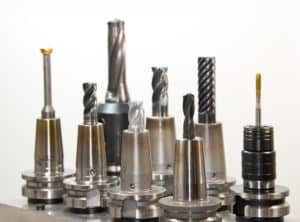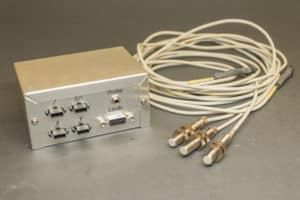G53 G-Code Command
The G53 command is used to cancel all work offsets, such as G54, G55 etc. If the machine was programmed to continue running with all offsets cancelled it would use its home positions as its reference. In my experience this command is not used very often, only in very specific cases. An example would be during an automated probing cycle, if you wanted the probe to reference a position from the machine reference (home position) a G53 would be used in the program to clear the active offset. If G53 was not used the probe would reference from the currently active offset.
How G53 G-Code Command is used
Here’s an example of how the G53 command might be used in a G-code program, with comments in brackets and a spindle on command for 2000 RPM:
G90 ; Set absolute coordinates
G53 X0 Y0 ; Move the tool to the machine's home position [cancels all work offsets]
G01 Z0 F1000 ; Move the tool to the top of the workpiece at a feedrate of 1000 mm/min
M03 S2000 ; Turn on the spindle and set it to 2000 RPM
G01 X10 Y10 ; Move the tool to a specific position on the workpiece
G02 X20 Y10 I5 J0 ; Perform a clockwise arc from the current position to X20 Y10, with a radius of 5 mm
G01 X30 Y20 ; Move the tool to another position on the workpiece
M05 ; Turn off the spindle
G53 Z0 ; Move the tool to the machine's home position [cancels all work offsets]
In this example, the G53 command is used instead of a typical offset call, such as G54: This would force the machine to reference its home positions when running the program. At the beginning of the program it will move the tool to the machine’s home position (cancelling all work offsets), and again at the end of the program to return the tool to the Z home position. The M03 command is used to turn on the spindle and set it to 2000 RPM, and the M05 command is used to turn off the spindle. The other G-code commands are used to move the tool to specific positions on the workpiece and perform machining operations.


